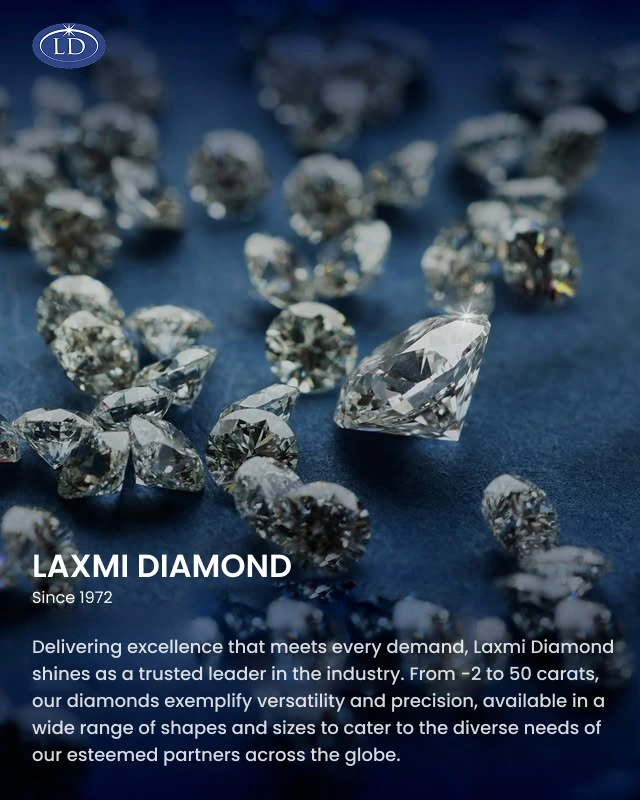
Precision Gemology: Spectroscopy's Role in Analyzing Diamond Composition
Precision in gemology holds immense significance as it directly influences the quality, value, and authenticity of gemstones. The meticulous examination of a gem's characteristics, including its colour, clarity, cut, and carat weight, requires a high level of precision. Gemologists rely on precise measurements and assessments to identify natural gems from synthetic or treated ones, ensuring transparency and trust in the gem market. The precision in grading gems not only determines their market value but also aids in preserving the integrity of the industry. Ultimately, precision in gemology is not just about accurate evaluations; it safeguards the credibility of gemstones, instilling confidence among consumers and professionals alike.

What is Spectroscopy and why is it important?
Spectroscopy is a scientific technique that involves the study of the interaction between matter and electromagnetic radiation. It is used to analyze and identify substances by examining the way they absorb, emit, or scatter light. The spectrum of light emitted or absorbed by a material provides valuable information about its composition, structure, and other physical properties. Spectroscopy is widely employed in various scientific disciplines, including chemistry, physics, astronomy, and environmental science. It is used to analyze the chemical composition of substances, identify elements, and study molecular structures. Different types of spectroscopy, such as infrared spectroscopy, ultraviolet-visible spectroscopy, and nuclear magnetic resonance spectroscopy, offer unique insights into different aspects of matter.

Spectroscopy plays a pivotal role in the diamond industry by providing a powerful tool for analyzing and characterizing diamonds. This technique involves the measurement of light interactions with diamonds, allowing gemologists to obtain detailed information about a diamond's composition, impurities, and even its origin. In diamond spectroscopy, the unique spectral fingerprints emitted or absorbed by diamonds serve as distinctive signatures, aiding in the identification of natural diamonds, detection of treatments, and differentiation from synthetic counterparts. This precise analytical method not only ensures the integrity and authenticity of diamonds but also contributes significantly to the gemological understanding and classification within the diamond industry.
How does Spectroscopy provide insights into diamonds’ composition and origin?
Spectroscopy serves as a powerful tool for unravelling the mysteries of a diamond's chemical composition. By leveraging various spectroscopic techniques, gemologists can delve into the intricacies of a diamond's structure and identify specific features that provide insights into its formation. Infrared spectroscopy, for example, is instrumental in detecting impurities or defects within the diamond's crystal lattice, shedding light on its geological history. This method helps distinguish natural diamonds from synthetic counterparts and contributes to understanding the conditions under which diamonds were created.

Ultraviolet-visible spectroscopy plays a pivotal role in the analysis of a diamond's colour. By scrutinizing the gem's spectrum, gemologists can pinpoint colour-causing elements and unveil details about the diamond's colour origin. This information is crucial for determining the rarity and value of a diamond. In essence, spectroscopy empowers gemologists to unravel the chemical intricacies of diamonds, aiding in their classification, authentication, and evaluation within the dynamic world of gemology.
Spectroscopic Techniques in Gemological Precision
Spectroscopic techniques are pivotal in achieving gemological precision, offering a detailed examination of a diamond's composition. In gemology, two prominent spectroscopic methods stand out: infrared spectroscopy and ultraviolet-visible spectroscopy. Infrared spectroscopy involves the analysis of how diamonds absorb and transmit infrared light, providing crucial insights into the presence of impurities and defects within the crystal lattice. This technique allows gemologists to identify specific features in the gem's spectrum, aiding in the determination of a diamond's authenticity and origin. On the other hand, ultraviolet-visible spectroscopy focuses on the absorption and reflection of visible and ultraviolet light by diamonds. This technique plays a fundamental role in uncovering the colour origins of diamonds, helping gemologists assess the quality and rarity of these precious gems.

These spectroscopic techniques enhance gemological precision by allowing for a meticulous examination of a diamond's internal characteristics. The data obtained through these methods not only aids in differentiating natural diamonds from synthetic ones but also contributes to a comprehensive understanding of the gem's geological history. By leveraging spectroscopic insights, gemologists can refine their analyses, providing consumers with accurate information about the composition and quality of diamonds, thus elevating the overall precision in gemological assessments.
In conclusion, the journey through the world of gemology underscores the paramount importance of precision in preserving the quality, value, and authenticity of precious gemstones. The meticulous examination of a gem's attributes, guided by precision in measuring colour, clarity, cut, and carat weight, forms the foundation of trust within the gem market. Beyond market value, precision in gemology safeguards the industry's integrity, ensuring transparent transactions. As an intricate science, gemology is not solely about accurate evaluations but acts as a guardian of the credibility of gemstones, instilling confidence in both consumers and professionals.








